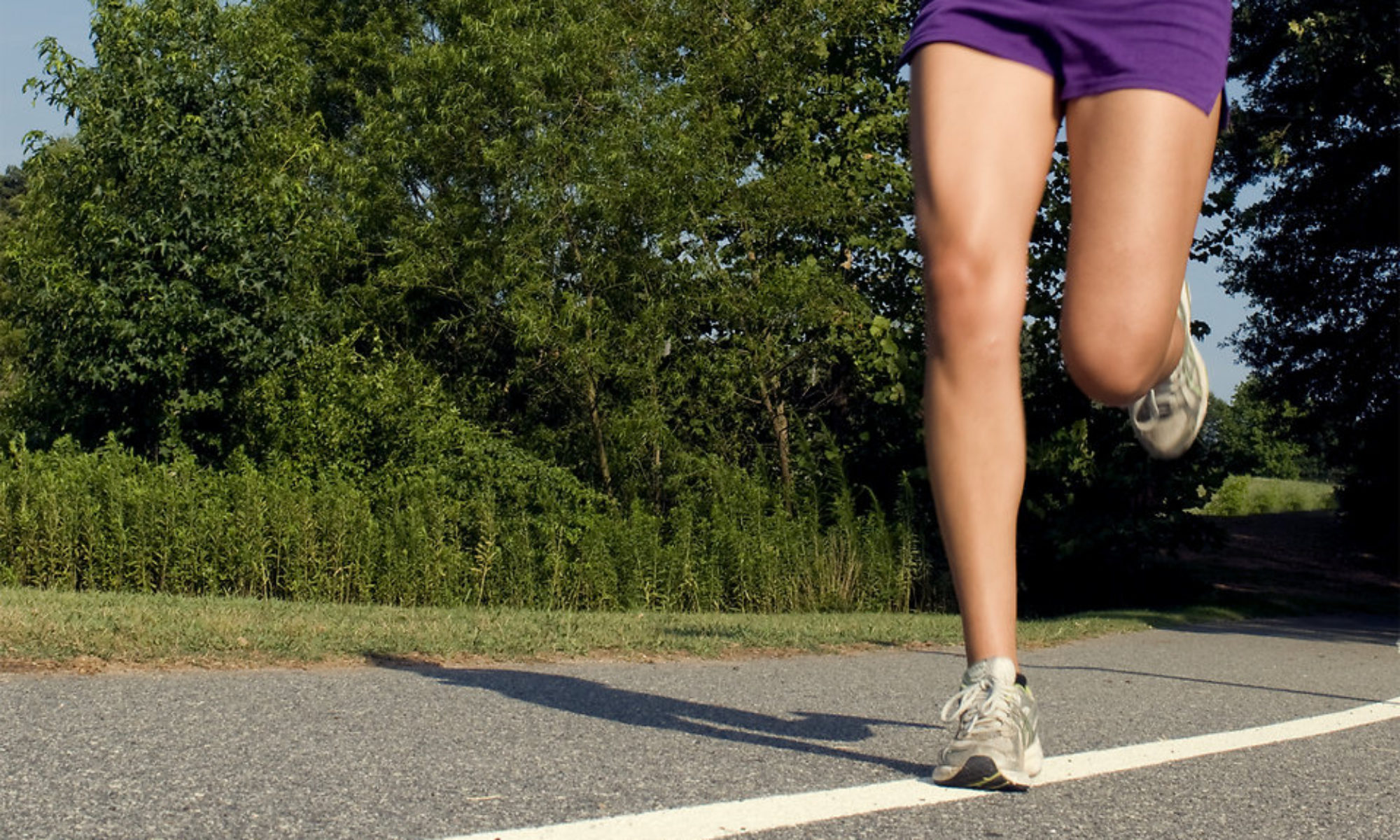New Guidelines Following Recent Studies on Earlier Return to Activity Following Concussion

You may have heard the advice in the past that if a child suffers a concussion they should avoid all activity, sit in a dark quiet room, and not use any electronics. This view was popular because it was thought the brain needed total rest to recover following a traumatic injury. But these concussion guidelines for adolescents have recently been updated following the release of some important studies on the effect of return to activity after a mild traumatic brain injury or concussion.
Each concussion is unique, and the cookie-cutter approach of total rest goes against current understanding and recent studies. Following a concussion it remains true that the child should be taken out of play immediately. However, while rest may be appropriate for one or two days, many days of inactivity can lead to feelings of isolation, depression, and anxiety.
Furthermore, while electronic device and TV use following concussion may worsen symptoms, there are no good studies showing their use is detrimental. Like other potential triggers for post-traumatic headache, electronics and TV use should be monitored and limited if symptoms worsen.
As a chiropractor in Meriden, CT I have seen many cases of concussion in my office, both adults and children. Head injuries and mild traumatic brain injury like concussion can be difficult to treat in young people because they may not be as communicative about what they are feeling. Children may also be more concerned about returning to play, getting back to a favorite activity or sport, or disappointing friends or teammates. It is important for parents to ask kids how they are feeling, and pay attention to behavior that seems abnormal for your child. Children are resilient and heal quickly, with proper guidance and avoidance of aggravating factors or advice known to prolong recovery following injury.
Does My Child Need Imaging?
The older guidelines as well as the newer guidelines do not recommend routine imaging in all cases of concussion, as most cases of concussion will not show up on CT scan or MR imaging. If red flags such as uncontrolled vomiting, or potential hemorrhage or skull fracture is suspected, then the appropriate imaging is necessary. But there are harms with unnecessary imaging such as exposure to radiation which is associated with heightened risks of developing cancer. Children are believed to be more at risk for cancer because they are still developing and growing. Advanced imaging is also expensive when it has been estimated that up to 2/3 of CT scans following head injury are not necessary.

So What do the New Guidelines Recommend?
Treatment should be tailored to each individual. It is no longer recommended that a person be symptom free before resuming activity. In fact, patients who rested for five days of strict rest, had symptoms that persisted longer than those study participants who resumed light activity within 48 hours following their injuries.
Light aerobic activity such as walking, as long as symptoms do not worsen, has been shown to benefit recovery times. Again, prolonged rest can lead to anxiety, social isolation, and feelings of depression, so earlier return to a child’s normal routine, even if activity duration is reduced at first, is going to benefit recovery better than complete rest. Maybe the child can return to school on a half day basis for several days or a week. It might be the case that these half days do not worsen headaches or other symptoms, and full resumption of school can be attained quickly.
Parents, teachers, coaches, health care teams, and children should be included to make a plan for faster return to activity, school, play, and sport, with careful monitoring and observation that activities do not worsen symptoms. But complete rest is to be avoided in the absence of red flags, triggering activities, or other exacerbating factors. Routine imaging following concussion should also be limited to cases where fracture, hemorrhage, or severe injury is suspected.
